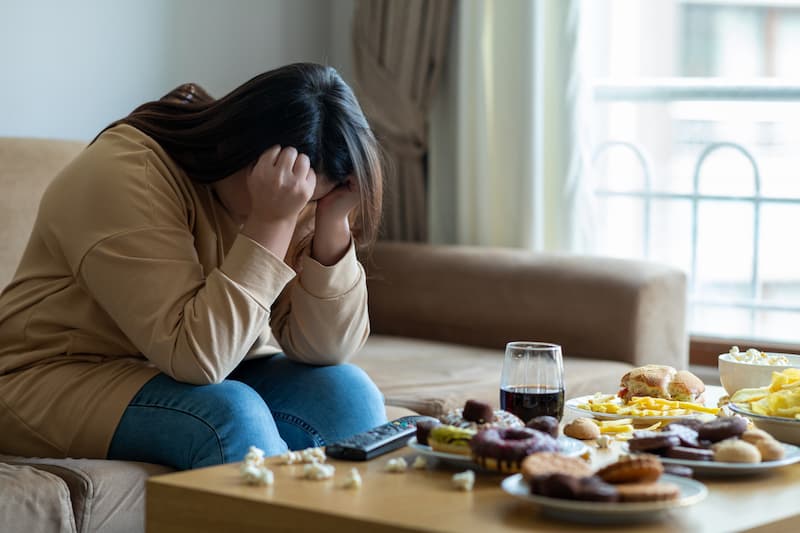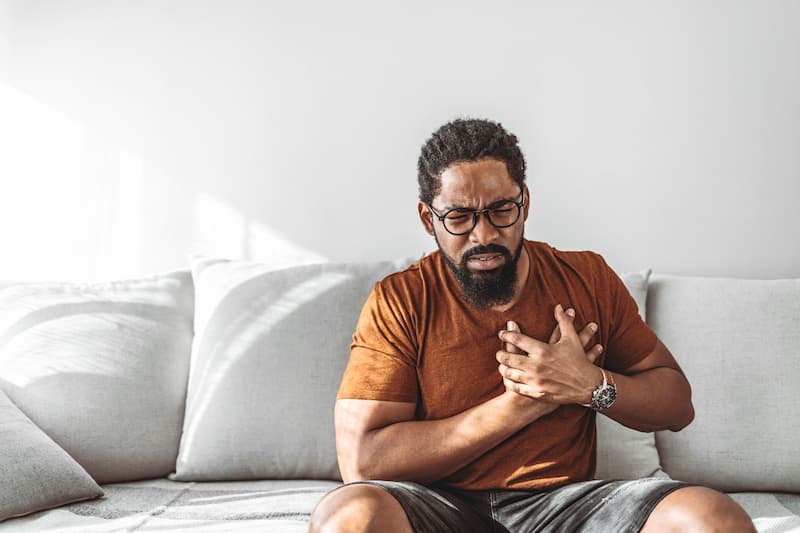 OUR LOCATIONSCall to book (212) 604-1300
OUR LOCATIONSCall to book (212) 604-1300
 OUR LOCATIONSCall to book (212) 604-1300
OUR LOCATIONSCall to book (212) 604-1300

According to a study featured by the American Chiropractic Association, experts estimate that up to 80% of the population will experience upper back pain at some point in their lives. This is not surprising given lifestyle and posture factors that are rampant today. But back pain after eating is something else since it can’t be attributed to posture problems. This kind of pain is probably a result of referred pain, which originates in one area of the body and then radiates to another, which in this case is your back.
So how should you deal with upper back pain after eating? The discomfort you experience after eating is most likely related to a digestive problem. The pain started from one of your digestive organs and the sensation radiates to your back and therefore you classify it as back pain. To ensure that this is the case, it’s important to look at all the symptoms of your upper back pain after eating.
Referred pain is the type that you experience in a part of your body that is not the actual source of the discomfort you’re feeling. For example, a heart attack can cause pain to shoot up from the heart into the back and other parts of the body. This is the case when it comes to back pain after eating.
That pain in your back may have radiated from an ulcer in your stomach or esophagus. Aside from pain, other symptoms include bloating, belching, gas, nausea, and burning pain in the stomach. A stomach ulcer is often the result of an infection with Helicobacter pylori (H. pylori) but it can also originate from long-term use of non-steroidal anti-inflammatory drugs, such as ibuprofen or naproxen sodium. Eating spicy or acidic food can make peptic ulcer symptoms worse and can trigger your pain.
Heartburn is a common digestive condition. It’s estimated that more than 15 million Americans experience this daily. This condition is triggered by certain foods such as chocolate, spicy dishes, tomatoes, alcohol, and caffeine. Apart from that certain chest and back pain, you may also experience a sour taste in the mouth, sore throat, or a cough. Frequent bouts of heartburn may be a sign of acid reflux or having gastroesophageal reflux disease (GERD).
It’s common to experience back pain when you have a kidney infection since the organ is positioned near the muscles in the mid-to-lower part of your back. You may feel back pain near one or both of your kidneys. This can be accompanied by a burning sensation when urinating, as well as abdominal pain. This can become a more health issue so a visit to the doctor is a must if you’re having this.
This pear-shaped organ is also near your back, sitting just below the liver. Your gallbladder stores and releases bile, which helps your body digest fast. When hard deposits known as gallstones settle in your gallbladder, the organ and bile duct become inflamed and becomes painful. In a worst-case scenario, you may need to undergo gallbladder removal. Certain foods can trigger a gallbladder pain attack, with fatty foods being the most notorious. Usual symptoms of gallbladder disease include stomach pain starting from the small intestine that radiates to your back, nausea, severe pain in the upper abdomen, and irregular bowel movement.
If your back pain comes with tightness in the chest, lightheadedness, nausea, and pain in the arm, neck, and jaw, it could be a sign of a heart attack. For women, the symptoms are more likely dizziness, shortness of breath, abdomen pain, and pressure in the upper back. Chest pain is a lot more common symptom in men.
Your pancreas is an essential organ in digestion and blood sugar regulation. Pancreatitis is the term for inflammation of the pancreas. Your back pain related to acute pancreatitis may come with fever, nausea, vomiting, and abdominal pain that gets worse after eating. Long-term and heavy alcohol consumption was found to be the primary cause of acute and chronic pancreatitis cases.
If you’re lucky, your upper back pain after eating is simply a result of poor posture, which definitely has fewer risks compared to digestive organ problems. If you are hunched over during meals, it may lead to back pain during and after eating.
The right treatment for your condition will depend on the underlying cause. This is why a visit to the doctor is needed in order to specify correctly the source of your pain issue. Common treatments for this type of pain include:

Since these two exhibit similar symptoms, it’s important to distinguish one from the other. Despite its name, heartburn has nothing to do with your heart. That tight pain you feel is caused by stomach acid that backs up into your esophagus. You will feel this mostly after you’ve done the following: eat spicy dishes, eat too much, get physically active after eating, or eat too late in the evening. Heartburns are hardly life-threatening but they can get really uncomfortable.
On the other hand, a heart attack IS life-threatening. You get chest pain, shortness of breath, nausea, lightheadedness, and even abdomen, arm, jaw, or neck pain.
It’s important to know that not all chest pains are signs of heart attacks. It has been reported that 85% of hospital ER admissions for chest pain are not heart attacks. The difference is that heart attacks produce a continuous pressure sensation or discomfort right in the center of your chest. The pain spreads to the other areas of your body and accompanied by symptoms that are not felt during indigestion attacks.
Speaking of indigestion, it’s worth addressing this concern while at it because episodes of this can become really uncomfortable and lead to heartburn. You are better off without the temporary chest discomfort or the burning sensation anywhere from your upper abdomen to the throat. You can manage indigestion by eating small meals all throughout the day in place of three large ones. Eating small and eating slowly will help your stomach digest your food better and avoid upper abdominal pain.
Avoid eating foods that trigger indigestion – spicy, greasy, and high-fiber dishes, as well as excessive coffee, soda, and alcohol. Quit smoking while you’re at it. You’re going to do your entire body a huge favor.
Prevention is always better. If you’re starting to feel unsettling pain in your upper back especially after meals, you better work on the following to keep the problem from getting worse.
If you notice your upper back pain getting persistent and becoming worse over time, it’s a sign to visit the best pain doctor and seek medical attention right away. This is true especially if your back pain comes with a burning sensation while urinating or if you are producing black or tarry stools. These can indicate kidney infections or ulcers. Now if your back pain is accompanied by chest pain, shortness of breath, lightheadedness, nausea, and pain in the abdomen, arm, jaw, or neck, call an ambulance or emergency services immediately.
While searching for a “spine doctor near me”, keep in mind that your health provider should be highly trained and skilled enough to determine true cause of your pain. Our team of doctors at New York Pain Care will help determine exactly why your upper back hurts after you’ve had your meals. If your issue turns out to be posture-related, we can help you solve it and get rid of your pain or manage it well. Call us for consultation and let’s work on getting you a pain-free life.
.






